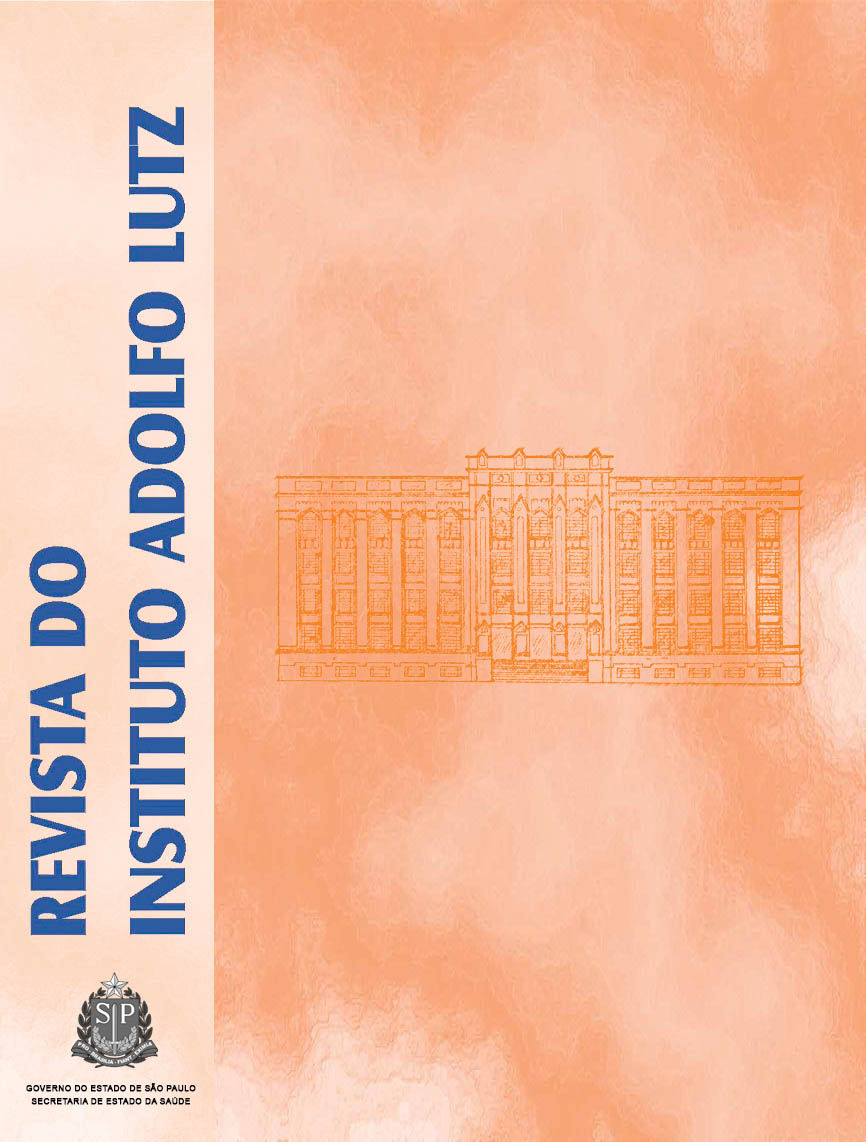Abstract
The ecotoxicology analyses determine the deleterious effect caused by a toxic agent on an organism .Microcrustacean Daphnia magna is one of the most used organisms for performing toxicity bioassay. To guarantee the reliability of results, evaluation of the dafnias sensitivity is required as they can be influenced by the culture conditions.The present work evaluated the sensitivity testing performed from March 2004 to March 2005 in the Laboratory of Ecotoxicology of Instituto de Pesquisas Ambientais e Tecnológicas(IPAT)-University do Extremo Sul Catarinense (UNESC), following the criteria from ABNT NBR 12713 norm. The potassium dichromate in a concentration of 10 mg/L was used as reference substance to get the sensitivity band. The organisms aged from 2 to 24 hours were tested in solutions containing different concentrations of potassium dichromate. The CE(I)50 mean value of 1.28 mg/L indicates that it is within the potassium dichromate band limit, in accordance to ISO 6341 norm criteria. Comparing this finding with the value established by ISO and with the data reported by other authors, it can be inferred that the dafnias cultivated in the Laboratory of Ecotoxicology at IPAT have been suitable for being employed on toxicity assayss
References
1. CETESB, Companhia de Tecnologia e Saneamento Ambiental. Procedimentos para utilização de testes de toxicidade no controle de efluentes líquidos. São Paulo: CETESB, 1990.
2. Buikema ALJ, Niederlehner BR, Cairns JJ. Biological. Monitoring Pant IV. Toxicity Testing. Water Res, 1982; 16: 239-62.
3. Nikunen E, Miettinen Y. Daphnia magna as a indicator of acute toxicityof waste waters. Bull. Environ. Contam. Toxicol. 1985; 35: 368-74.
4. Knie JLW, Lopes EWB. Testes ecotoxicológicos: métodos, técnicas eaplicações. Florianópolis:FATMA/GTZ. 2004.
5. Motte dit Falisse N et al. La sensibilité de Daphnia magna pour ledichromate de potassium varie au cours de son existence. 2003; 5:1.
6. USEPA. Methods for measuring the acute toxity of effluents and receivingwaters to freswater and marine organisms. 4th edition. 2002.
7. Hamilton, M.A, Russo, RC, Thurton, RV. Trimmed Spearman-Karbermethod for Estimating Median Lethal Concentrations in Toxicity Bioassays. Environ Sci Tchinol, New York, v. 11, n. 7, p. 714-9. 1977.
8. Sperling M. Introdução à qualidade das águas e ao tratamento de esgotos. Belo Horizonte: FCO, v. 1. 1996; 239p.
9. Esteves FA. Fundamentos de limnologia. Rio de Janeiro: Interciência/FINEP,1988. 575 p.
10. Fôrstner U, Wittmann GTW. Metal pollution in the aquatic environmental. 2 nd edn Berlin: Spriger-Verlag, 1981. 486 p.
11. Müler HG. Acute Toxicity of Potassium Dichromate to Daphnia magna asa Funcion of the Water Quality. Bull. Environ Contam Toxicol 1980; 25,113-7.

This work is licensed under a Creative Commons Attribution 4.0 International License.
Copyright (c) 2006 Instituto Adolfo Lutz Journal
